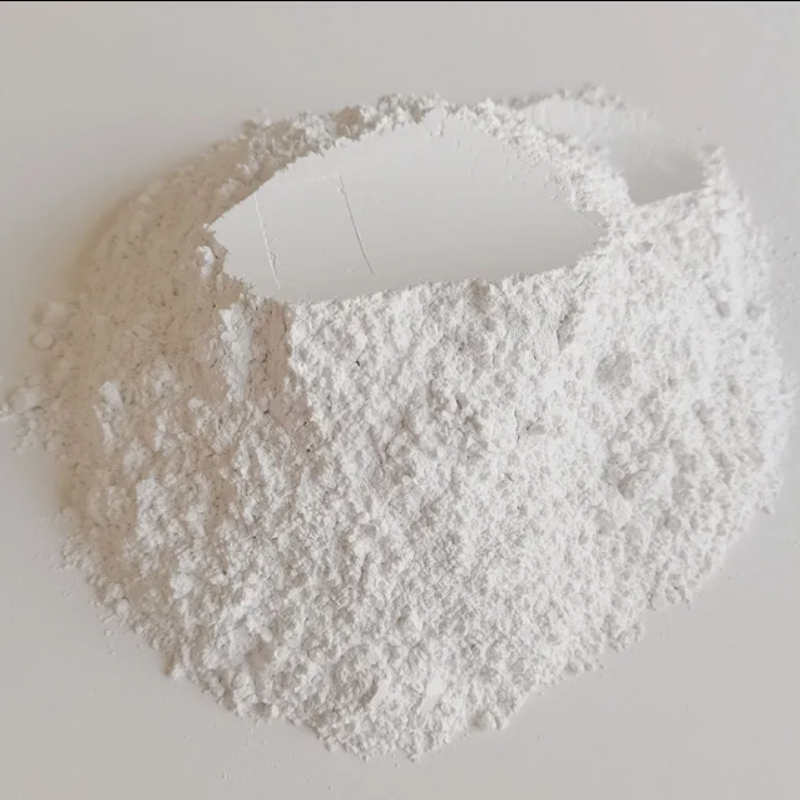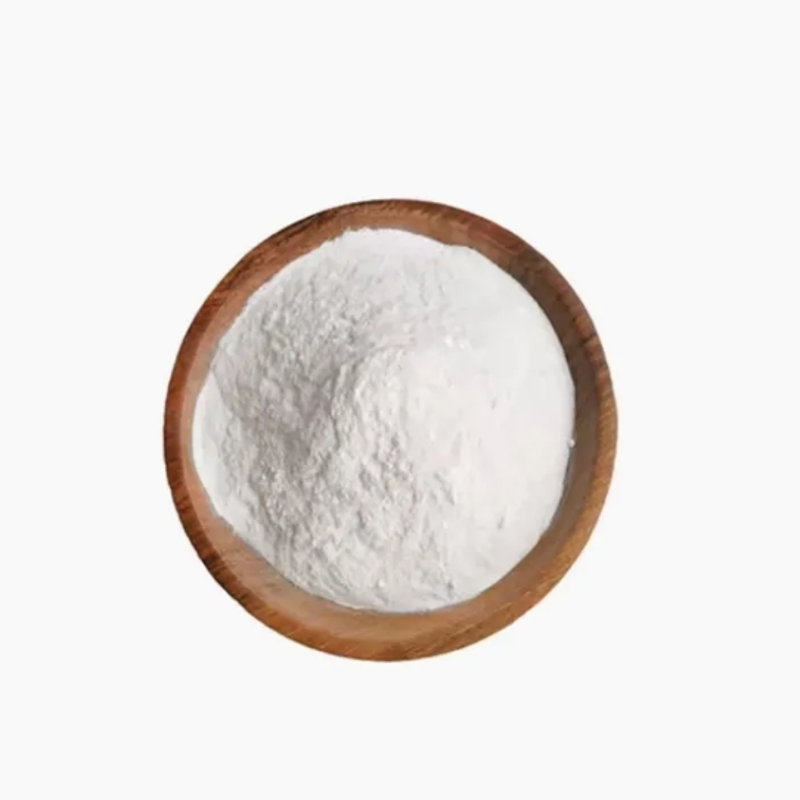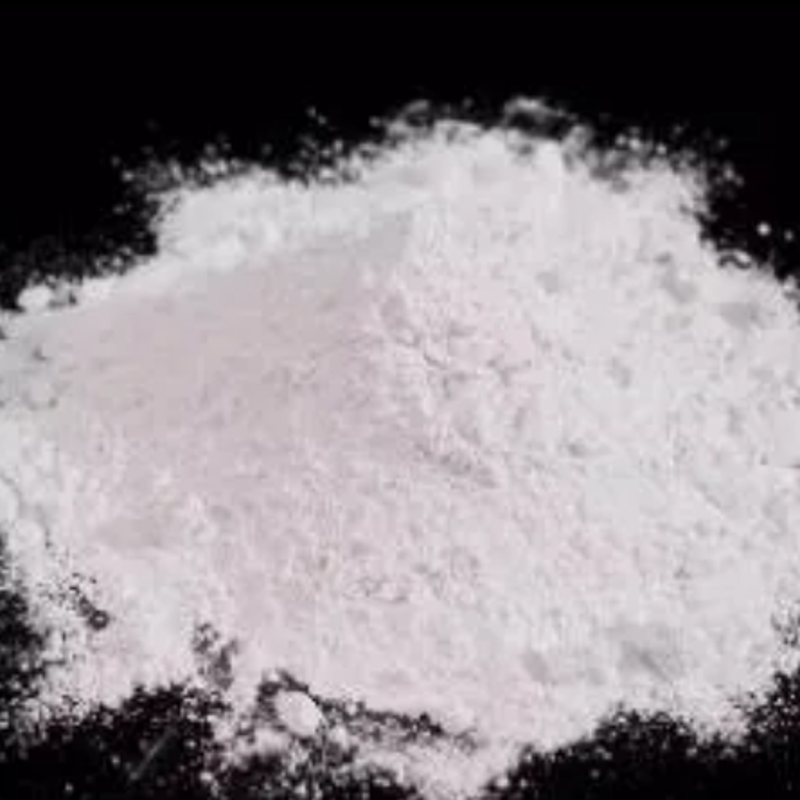-
Categories
-
Pharmaceutical Intermediates
-
Active Pharmaceutical Ingredients
-
Food Additives
- Industrial Coatings
- Agrochemicals
- Dyes and Pigments
- Surfactant
- Flavors and Fragrances
- Chemical Reagents
- Catalyst and Auxiliary
- Natural Products
- Inorganic Chemistry
-
Organic Chemistry
-
Biochemical Engineering
- Analytical Chemistry
-
Cosmetic Ingredient
- Water Treatment Chemical
-
Pharmaceutical Intermediates
Promotion
ECHEMI Mall
Wholesale
Weekly Price
Exhibition
News
-
Trade Service
Solvents are an important part of solvent-based coatings, which are used not only to dissolve resins and reduce viscosity to improve manufacturing and processing performance, but also to affect the expected performance of construction and coating. Solvent-based coatings are engineering coatings made from organic solvents as dispersing mediums. Although solvent-based coatings have problems such as polluting the environment, wasting energy and high cost, solvent-based coatings still have a certain range of applications, as well as their own obvious advantages
. First of all, from the performance comparison, solvent-based coatings still occupy a great advantage. As an important thinner of coatings, solvents are widely used in the coating industry, but with the acceleration of environmental protection process, traditional organic solvents because they contain benzene, toluene, xylene and other toxic and harmful substances, has become an important problem hindering the development of the industry. During the 13th Five-Year Plan period, China will gradually strictly limit VOC emissions, reduce the amount of solvents in the coating industry, or replace toxic and harmful solvents with low-toxic solvents by the industry's widespread concern.
solvents are used to dissolve the adhesives , which contribute to production and construction , and they are volatile components of the coating and are evaporated during the drying of the construction of a paint film . In order to obtain satisfactory results, in actual production, a mixture of solvents is often made. The role of solvents in coatings is often not taken seriously, think it is volatile, and finally always volatile and not left in the paint film, so the quality of the paint film has little impact. In fact, the solubility and volatility rate of various solvents will greatly affect the performance of paint production, storage, construction, paint film gloss, adhesion and surface status.
in coating manufacturing, the selection of the right solvent considers two basic properties, namely, solubility and volatility. Dissolving capacity refers to the ability to dissolve the coating with solvents and reduce viscosity to achieve the application purpose. The solvent-to-adhesive's solubility ability can be based on empirical rules: polymer compounds can be dissolved in low-molecular solvents with similar structures; Solvents according to their role in coatings, can be divided into: main solvent (active solvents), solvents and thinners. The main (active) solvent dissolves the resin, which is made into a resin solution and used as a paint for the coating. Many synthetic resins are solid, including most aliclicic acid resins, certain epoxy resins, chlorinated rubber resins, and vinyl resins. Solvents are often used with the main solvent to make the coating easy to construct, control the volatility rate, and improve the quality of the final coating. There are many solvents that cannot be dissolved alone in the resins used in coatings , but they are mixed with a good solvent to obtain the same or greater solubility as a good solvent , which becomes a solvent , also known as a latent solvent . For example, alcohol solvents alone can not dissolve nitroculose, but it is mixed with ketones, ester solvents in a certain proportion, can obtain greater solubility, so alcohol solvents are nitroculose solvents. Thinners are mainly used to dilute off-the-go coatings, reduce the viscosity of coatings for ease of construction, and are a mixture of solvents. The selection principle of thinner is that the coating has a good solubility ability, can be dried with the coating film from the coating film waved away, there is no non-volatile residue, and easy to mix with solvents, but also to consider the toxicity of the diluent, flammability and other factors.
in conventional liquid coatings, solvents account for about 30% to 50% of the total volume. The main functions of solvents in coatings are: dissolving and dispersing resins in coatings, and adjusting their viscosity and fluidity to make them easy to apply, increasing the stability of coating storage, improving the appearance of coatings, such as gloss, plumpness, etc., increasing the wetting and adhesion of coatings to coated substrates, and forming a reasonable volatility rate, giving the coating optimal fluidity and leveling. Different resin series can only be dissolved in different active solvents, in the same paint formula, often use a variety of resins, so a variety of active solvents with better results.
the formulation principle of coating solvents: the most stable and optimal balance of performance between active solvents, while adding as much filled solvents as possible to optimize costs and regulate construction viscosity. Despite the rapid development of low VOC latex paints, water-based coatings, UV photo-curing coatings and powder coatings to meet increasingly demanding environmental requirements, solvent-based coatings still occupy a significant position in the field of coatings for their performance and construction advantages. Paint solvents are one of the most important components in coating formulation systems, accounting for about 30% to 50% of the proportion of coating systems. In the golden age of solvent-based coatings, the efficacy of solvents to coating systems was much more important than the solubility of paint resins in solvents. However, with the advent of the era of low VOC, the traditional organic solvents began to appear a new round of crisis, due to regulatory and economic reasons, solvents have been limited to disadvantage because of their defects as physical substances. They are expensive, easy to run around, inconvenient to clean, most of them flammable to some extent, and can cause the risk of explosion, and many are harmful... The global use of solvents has resulted in the loss of precious petroleum resources and, when not used, has done more harm than good. Whether in terms of economic costs or environmental responsibility, the coatings industry needs to re-examine the current paint solvent market.
the prospects of non-toxic water-based solvents are bright, but from the domestic perspective, traditional solvents also have a relatively large-scale market applications. Water-based solvent technology development time is relatively short, there are many aspects of performance need to be improved, traditional solvents in the field of coatings relatively mature applications, coating manufacturers prefer to mature processes for industrial production. The profit of solvent market is very thin, from the market, paint solvent is the most vulnerable to upstream petrochemical and global financial atmosphere of paint raw materials products, its price characteristics than emulsions, resins and additives, with more flexible changeability. Paint solvent competition is fierce, the larger domestic solvent enterprises have a stable export business, and from the point of view of foreign suppliers, overseas solvent
Mojie
China's import business is also very common. This also shows that domestic and foreign enterprises in the export, import two major areas have a competitive market pattern. For domestic paint solvent suppliers, enterprise development is to put in the context of the global economy to think about the big problem. In terms of domestic enterprises, ethnic enterprises account for about 75% of the share of domestic products, domestic products supply timely, stable, transparent price advantages, but also make national solvent suppliers in the procurement market has an important market share. In addition, overseas suppliers compete with domestic companies on a large scale of production and cost advantage. Solvent is an important part of the process of coating hydration, how to take a good non-toxic, water-based development path, is placed in front of various solvent suppliers a difficult problem. From the current product structure, it can only be said that the country's environmental regulations on solvents are relatively weak, the industry lacks the necessary regulatory strength, which is particularly prominent in the benzene, toluene, xylene and other hydrocarbon solvents market. Solvent as a supporting industry of paint manufacturers, its regulation construction to a large extent, affecting the entire coating system of standard regulations, and in turn, the relatively perfect paint regulations, will further standardize the paint solvent industry.







